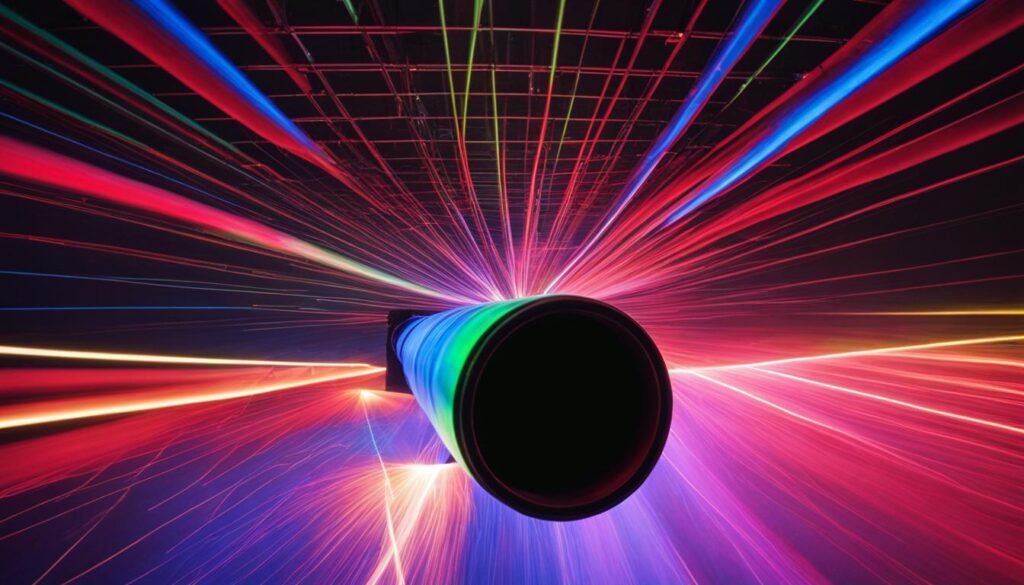
Source: Accurate Optics
Understanding Metal-Coated Mirrors in Optics
Metal-coated mirrors are a crucial component in the field of optics, offering unique advantages and specific applications that differentiate them from other types of mirrors. These mirrors are characterized by a thin metal coating applied to a substrate, typically using vacuum evaporation or sputtering techniques.
Composition and Common Materials
The substrates for metal-coated mirrors are often made from glass materials, such as fused silica, or metals like copper. The reflective coating itself usually consists of metals such as aluminum, silver, or gold. Less commonly, materials like beryllium, chrome, and nickel/chrome alloys are used. For enhanced durability, these metallic coatings are often protected by an additional dielectric layer.

First Surface vs. Second Surface Mirrors
Metal-coated mirrors can be categorized into two types: first surface and second surface mirrors. In first surface mirrors, the reflective coating is applied on the side of the incident light, preventing the light from reaching the substrate. Second surface mirrors, on the other hand, have the reflective coating on the opposite side of the substrate, allowing the light to pass through the substrate before and after reflection. This design offers better protection for the coating but can introduce issues such as Fresnel reflection and chromatic dispersion.
Protected Mirrors
To prevent tarnishing and scratches, the metal layer of a first surface mirror is often covered with a thin dielectric layer, such as silica or silicon nitride. These protected mirrors are more resistant to abrasion than uncoated ones but require careful handling to avoid damage from fingerprints or environmental factors like humidity and corrosive gases.
Speculum Mirrors
Historically, mirrors were crafted from speculum metal, an alloy of copper and tin, known for its high reflectivity. However, due to rapid tarnishing, these were replaced by silvered glass mirrors in the 19th century, offering greater durability and reduced tarnishing.
Advantages of Metal-Coated Mirrors
Metal-coated mirrors are valued for their broad bandwidth and low chromatic dispersion, making them suitable for a wide range of applications. They provide uniform reflectivity across a wide spectral range, regardless of the angle of incidence and polarization, making them ideal for general-purpose use. These mirrors are particularly beneficial in infrared optics, where dielectric mirrors may not perform as effectively.

Limitations
Despite their advantages, metal-coated mirrors have some limitations. They exhibit significant reflection losses due to the inherent absorption properties of metals, resulting in limited reflectivity. Additionally, they have a relatively low optical damage threshold, as absorbed light can lead to heating and potential damage.
Applications and Enhancements
Metal-coated mirrors are used in various applications, including high-power infrared lasers and ultrashort pulse systems. Enhanced coatings, achieved through dielectric multilayer coatings, can improve reflectivity and damage thresholds. These enhancements are essential for applications requiring high power and minimal reflection losses.
Partially Transmissive Mirrors
Thin metal coatings can produce partially transmissive mirrors, serving as beam splitters. While dielectric mirrors are more common for these applications due to lower power losses, metal-coated mirrors are chosen when a wide operational bandwidth is necessary.
Conclusion
Metal-coated mirrors play a vital role in modern optics, offering unique advantages for specific applications. Their broad bandwidth, low chromatic dispersion, and adaptability to various spectral regions make them indispensable in both scientific research and industrial applications.

Source: Jenoptik
Feel free to comment your thoughts.



